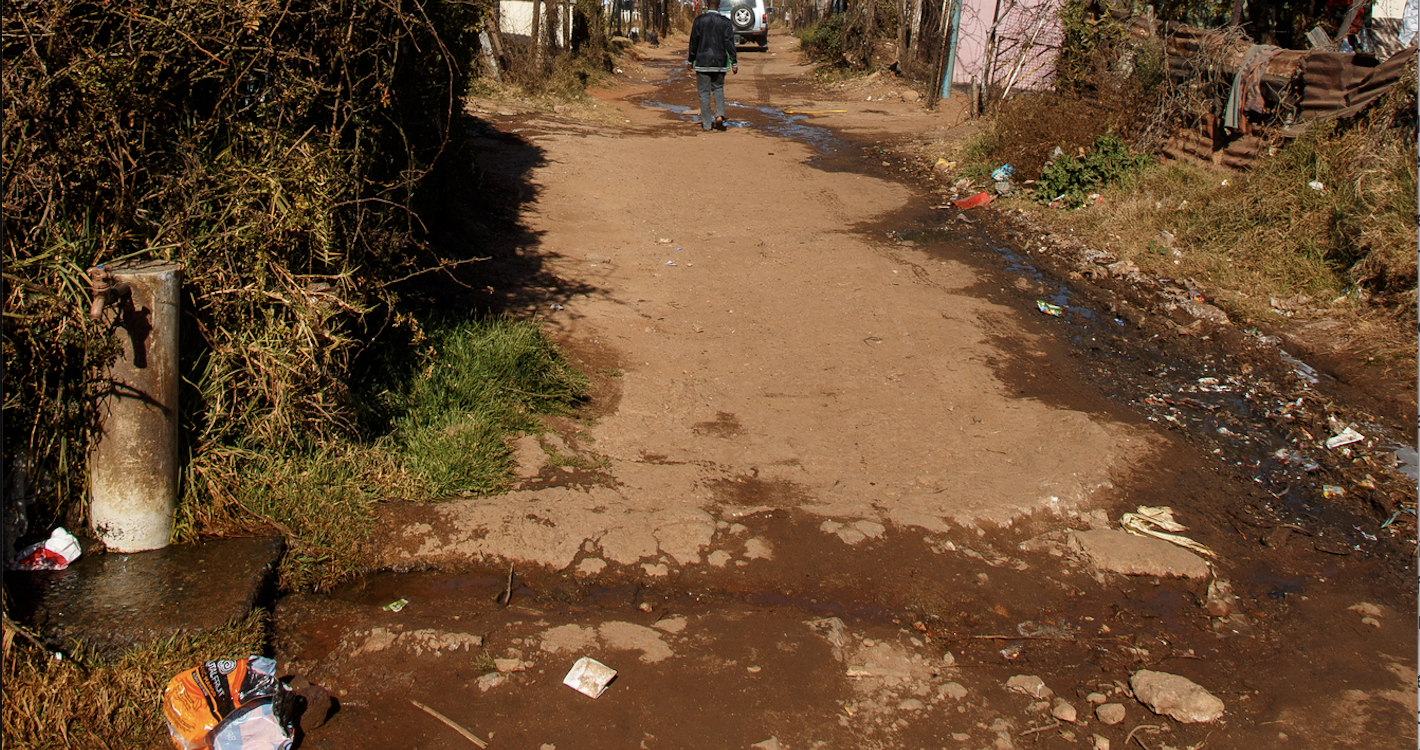Photo 75974734 © Phodo1 | Dreamstime.com
By Dennis Webster
[Commissioned by PARI, first published in Business Day]
Commodified water system runs up against shortcomings of a government hollowed out by venal patronage.
There is nothing new about SA’s water crises. The apartheid government developed high quality infrastructure and services for white people living in the city centres, while impoverished peripheries were left to languish.
These inequalities only deepened after the end of formal apartheid when reforms in the water sector were marked by a strong neoliberal turn, giving the government the rare honour of commodifying a natural resource with virtually no private sector involvement.
This commodification reached a naturally grim conclusion in the prepaid water meters dished out to impoverished communities. Many may have forgotten by now, but when one Soweto community watched a shack burn to a cinder more than a decade ago they were helpless to do anything about it once their taps ran dry because of insufficient credit on their prepaid water meters.
Two babies burnt to death in the shack. Yet in one of its earlier socioeconomic rights rulings the Constitutional Court, which has otherwise been fairly progressive in that area, decided that prepaid water meters did not infringe on people’s constitutional right to water.
So, while suburban elites have guzzled water through world-class services, most South Africans have been living with some degree of water crisis or another for a long time. But if water policies produced a crisis of access before, a failing state now threatens to compound it with a crisis of supply. The ways in which the government considered the delivery of water to poor people since the end of formal apartheid resulted in a model in which the poor pay for what they cannot afford. The threat now is that poorly maintained state infrastructure fails consumers before the water even reaches the tap.
For all the talk of consumers exercising greater sobriety in their water use, infrastructure lies at the heart of SA’s water problem. The state institutions delivering water exist in an elaborate architecture. National government catches and stores water in giant infrastructure, mostly dams, before transferring it through vast bulk lines. All of this depends on incredibly complex transfer and dam systems. Next up, municipalities purify and distribute the raw water to communities and businesses. In some cases, water boards support them to capitalise on economies of scale. So, in Gauteng Rand Water provides bulk infrastructure to the province’s municipalities, for instance, rather than each having to develop its own.
This all hinges on huge infrastructure, whose maintenance falls increasingly beyond the state’s capabilities. While much of the water infrastructure is underground and out of sight, it is the key water wasting culprit. In Gauteng alone, water leaks mean that for every cup of water coming out of our taps another cup disappears into the earth before it even reaches them.
Yet consumers continue to be blamed, often using ancient, but somehow still misused, antipoor tropes. Impoverished people pay for DStv, so the argument goes, so why can’t they pay for water? Unpicking the racism at the heart of these arguments only affords them the distraction they are intended to be. Suffice to say that a focus on water consumption is a mistake. Infrastructure, and the state’s capabilities to maintain it, must come first.
As the department of water & sanitation clambers out of the worst of the capture years, the most critical and immediate struggle is to secure a state capable of protecting the daily dignity and humanity that depend on water, and leveraging the developmental goals that water underpins. Despite being the target of the now familiar patronage networks in the SA state, and the attendant looting, the department is now in better shape than it has been in several years. Nevertheless, the state is bedevilled by crippling incapability in the water sector.
Building that capability is about acquiring skills — key expertise, from engineers to hydrogeologists, are sorely missing in the municipal ranks — and institutionalising those skills. This will bolster the state’s abilities to invest in and maintain its infrastructure as well as develop its capabilities to plan into the future to ensure the sustained, efficient and affordable supply of water. But state capability is also about systems and procedures. The local arms of government responsible for water delivery are deeply enmeshed in municipal politics. Politicians overreach regularly into administration, undermining the ability to embed effective ways of working.
Some of the necessary reforms are in the works. For instance, the experience and qualification requirements of waste water plant managers will be increased soon. And steps are afoot to make it more workable for the ministry to intervene in water delivery functions where municipalities are failing. But the system is on a knife’s edge. An already commodified water system is running up against the shortcomings of a state hollowed out by venal patronage. Unable to ring-fence the income they receive from water for the maintenance and replacement of infrastructure, municipalities are flailing, while the national department meant to regulate them struggles to procure the goods and services it needs to put the brakes on what increasingly feels like a runaway train.
As SA enters a period in which meteorological and hydrological droughts are projected to increase, it is at risk of suffering the worst of both worlds: a commodified water system and a state unable to deliver it. The lessons of a public good going this way are close at hand. The country’s electricity crisis is now so deep that there are few left who are not clamouring for the private sector to get in on the act. Repeating these mistakes, and arriving at a similar position regarding the private provision of water somewhere down the line, would be a grave mistake.
Webster is an independent researcher and writer commissioned by the Public Affairs Research Institute to respond to a recent panel discussion.


